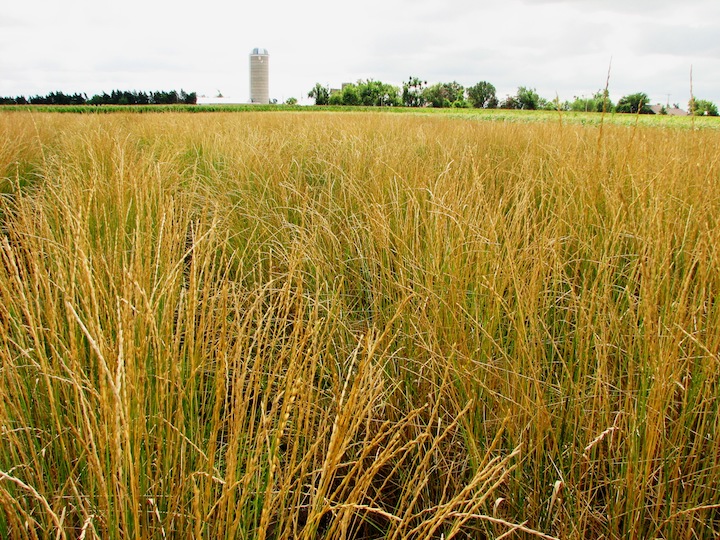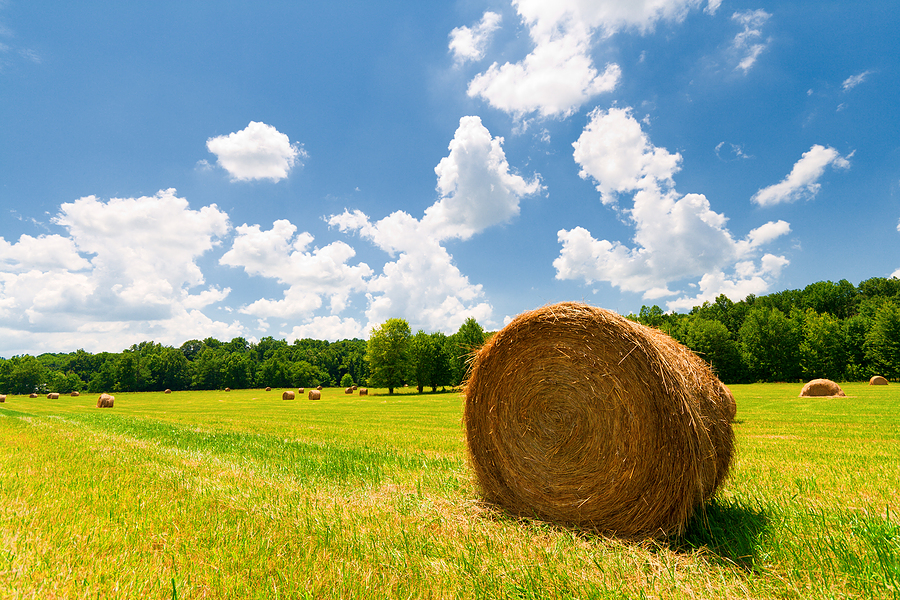
Feeding the 9.7 billion people expected to be living on this planet by 2050 isn’t going to be easy — particularly since we must do so while also nourishing the planet. While American agricultural productivity has skyrocketed over the past century, this also has contributed to serious environmental concerns, such as soil degradation and water pollution and scarcity. With the impacts of climate change and other environmental concerns mounting, we’re going to need to rethink how we grow our food in a way that promotes human and planet health alike.
For generations, farmers have plowed their fields and planted their crops in the spring, harvested them in the fall and done it all over again the following year. However, in the past several decades, some agricultural experts have been experimenting with eliminating the spring planting by developing perennial crops — more or less revising thousands of years of selective breeding. Perennial crops are those which are alive year-round and are harvested multiple times before dying. Perennial plants aren’t new to agriculture — popular plants such as apples and alfalfa are perennials that already are commercially grown and harvested.
But today most farmland remains devoted to annual agriculture, and “annuals” such as cereals, oilseeds and legumes occupy 69 percent of global croplands. Many of these staple crops can be replaced by perennials by hybridization and other techniques. According to some researchers, ten of the thirteen most grown cereals and oilseeds can be hybridized with perennial plants. Kernza grain, for example, comes from the perennial intermediate wheatgrass plant which is drought-resistant with long roots and doesn’t need to be replanted every year. This isn’t fringe science — General Mills recently announced a partnership with The Land Institute and the University of Minnesota to help commercialize Kernza and incorporate the grain into cereals and snacks under its Cascadian Farm organic brand.
The conversion of annual fields into perennial fields offers many environmental benefits, including reduced soil erosion, less chemical runoff, increased water efficiency and less reliance on fossil fuels. Here’s how perennial crops do just that:
1. Reducing land erosion
Annual farming leaves fields fallow in between growing seasons and offers less root mass throughout the growth cycle, which makes fields vulnerable to wind and water erosion. This erosion destroys topsoil which then pressures microbial and plant populations. Because perennial plants develop much greater root mass and protect the soil year-round, they can help reduce erosion rates by up to 50 percent. Given the increased demands on agricultural lands, this is a huge boon to environmental protection.
2. Decreasing water pollution
Across the United States, countless waterways have become heavily polluted by fertilizers and pesticides, which create vast “dead zones” where marine life can’t survive. Farming chemicals such as fertilizers and pesticides typically aren’t completely absorbed by crops and the excess migrates into waters. This contributes to a harrowing stat: agriculture is responsible for some 70 percent of water pollution in the U.S. Perennials can help improve water quality by reducing agricultural chemical runoff because their extensive root systems are more efficient at absorbing chemicals.
3. Conserving water
In a time when drought concerns are rising, perennial plants also provide an added benefit of conserving more water than annual plants. Annual crops lose up to five times more water than perennials, according to researchers, meaning annual fields require more irrigation which threatens fresh water sources and consequently biodiversity in certain ecosystems. The more food we can grow with the least amount of water means less strain on scarce water resources that benefits all.
4. Cutting down fossil fuel use
The cultivation of perennial crops requires less fossil fuel than annual agriculture due to a reduced need for farm machinery for tilling and replanting. Annual systems require fields to be tilled and replanted more often than perennial systems, which incurs a higher fuel usage due to farm machinery. Perennial corn farming, according to Cornell researchers, could reduce fuel usage by $300 million of diesel fuel in the U.S. as opposed to annual corn. With the world looking for ways to reduce greenhouse gas emissions, any way we can lower reliance on fossil fuels will help us address the threat of climate change.
Learn more about perennial farming at The Land Institute!

